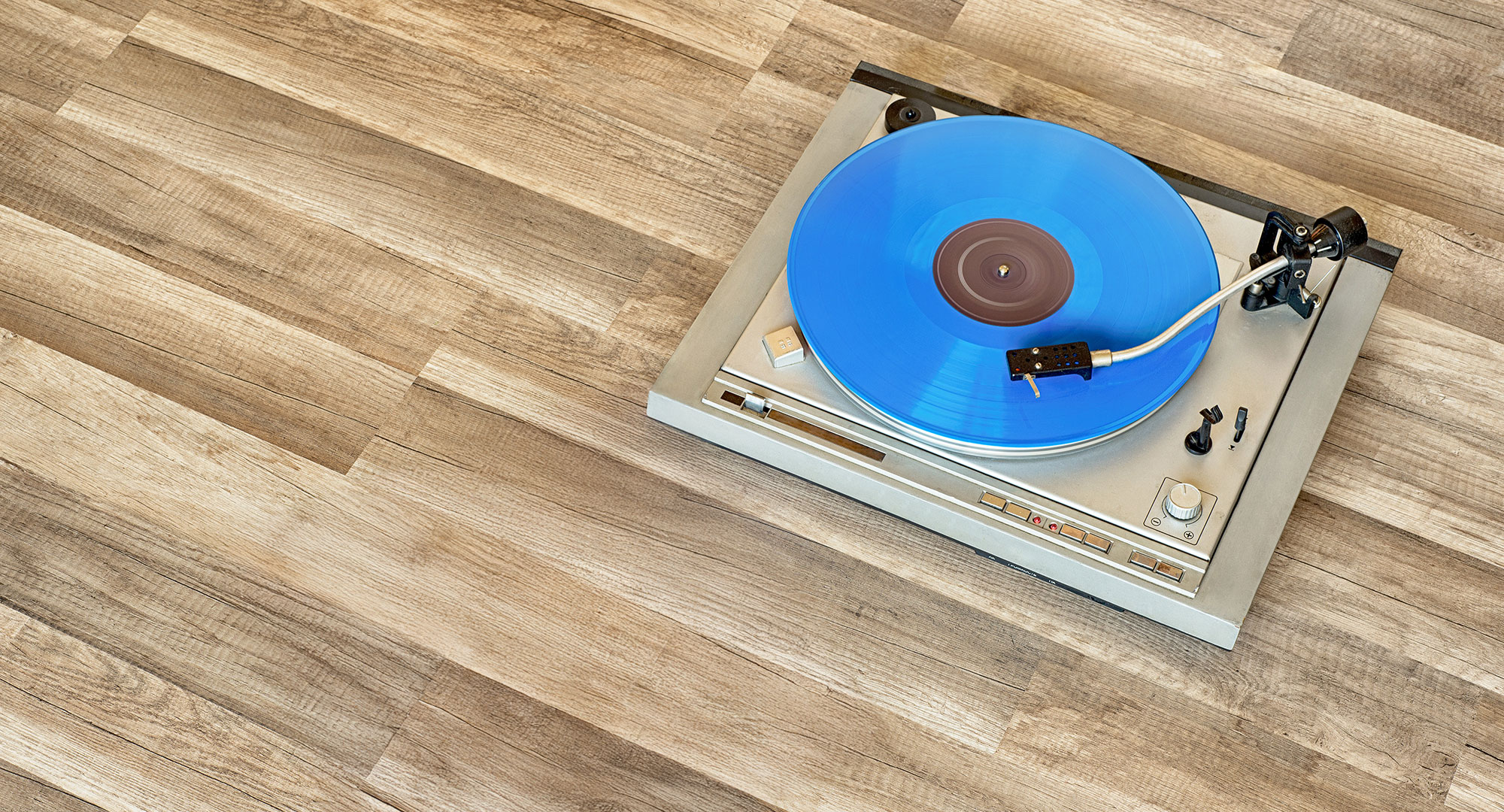
The 10 dB Standard for Underlays: What Does It Mean?
When choosing underlays in the Netherlands, their ability to reduce impact noise is often a key factor. The 10 dB requirement is commonly applied, but why is this standard important? And how can you determine if an underlay meets the 10 dB norm? Below, we explain everything you need to know.
What Is the 10 dB Standard for Underlays?
Noise pollution is a significant concern in modern society, and sound insulation plays a crucial role in minimizing disturbances. A well-chosen flooring and underlay combination can contribute to noise reduction. In the Netherlands, many apartment regulations require the use of an underlay that meets the 10 dB impact sound reduction standard, ensuring less noise disturbance for downstairs neighbors.
Which Values Are Used?
In the flooring industry, two key values are used: ΔIlin and ΔLw. The Netherlands primarily uses ΔIlin values.
- ΔIlin (dBΔL) represents the impact sound reduction of an underlay compared to a bare concrete floor.
- A ΔIlin of 10 dB is roughly equivalent to a ΔLw of 21 dB.
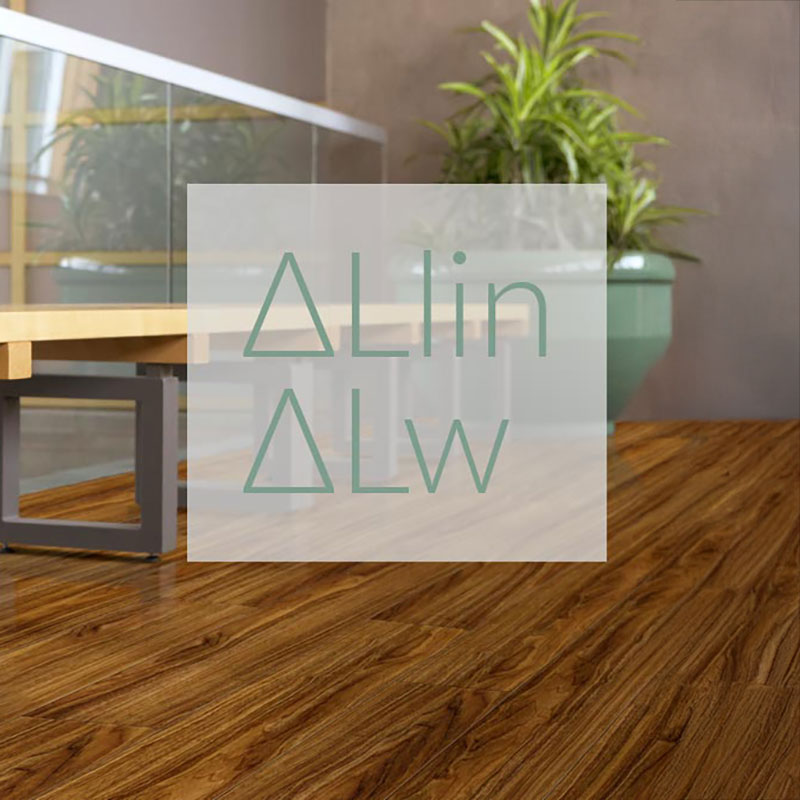
Why Is There a 10 dB Standard for Underlays?
Unlike other countries, the Netherlands focuses on measuring low-frequency sounds, as these penetrate floors more easily. This is why the testing standard here covers a wide frequency range, emphasizing low tones.
Underlays are tested in combination with a top floor covering. The entire flooring system is placed on a concrete reference floor, and impact tests are conducted at specific points. The measured improvement in decibels determines whether the underlay meets the 10 dB standard and qualifies for certification.
How Can You Identify a Certified 10 dB Underlay?
The TÜV Rheinland certification is the most recognized label for underlays that meet the 10 dB noise reduction standard. This voluntary certification helps consumers choose the best underlays available.
Certified Underlays
If you live in an apartment, a certified underlay allows you to prove to your Homeowners' Association (VvE) that your flooring meets the 10 dB ΔIlin requirement. Certified underlays are marked with the TÜV Rheinland seal, and their certification can be found in the Certipedia online database.

How Does TÜV Rheinland Test Underlays for the 10 dB Standard?
TÜV Rheinland measures and certifies underlays according to NEN-EN-ISO standards through a four-step process:
Step 1
A sample of the underlay is selected and tested in a specialized laboratory.
Step 2
The sample is analyzed according to specific protocols, and its impact noise reduction is calculated.
Step 3
If the sample meets the requirements, a certificate is issued, and the underlay receives the TÜV quality seal.
Step 4
Certified products undergo periodic inspections. TÜV experts randomly test products from the market or conduct production audits to ensure ongoing compliance with the 10 dB standard.
Conclusion
Underlays with the TÜV 10 dB label have been tested in combination with laminate flooring. However, this does not automatically mean that the same underlay will provide 10 dB noise reduction with wooden planks or parquet.
Want to know which Estillon products carry the TÜV label? Check out our product finder below and choose the right underlay for your needs.
On our news page you will find the latest updates about Estillon, innovative developments in the field of subfloors and installation products, and inspiring projects we are working on. Whether you are a professional, distributor or project manager, we will keep you informed of relevant trends and news from the industry.
News
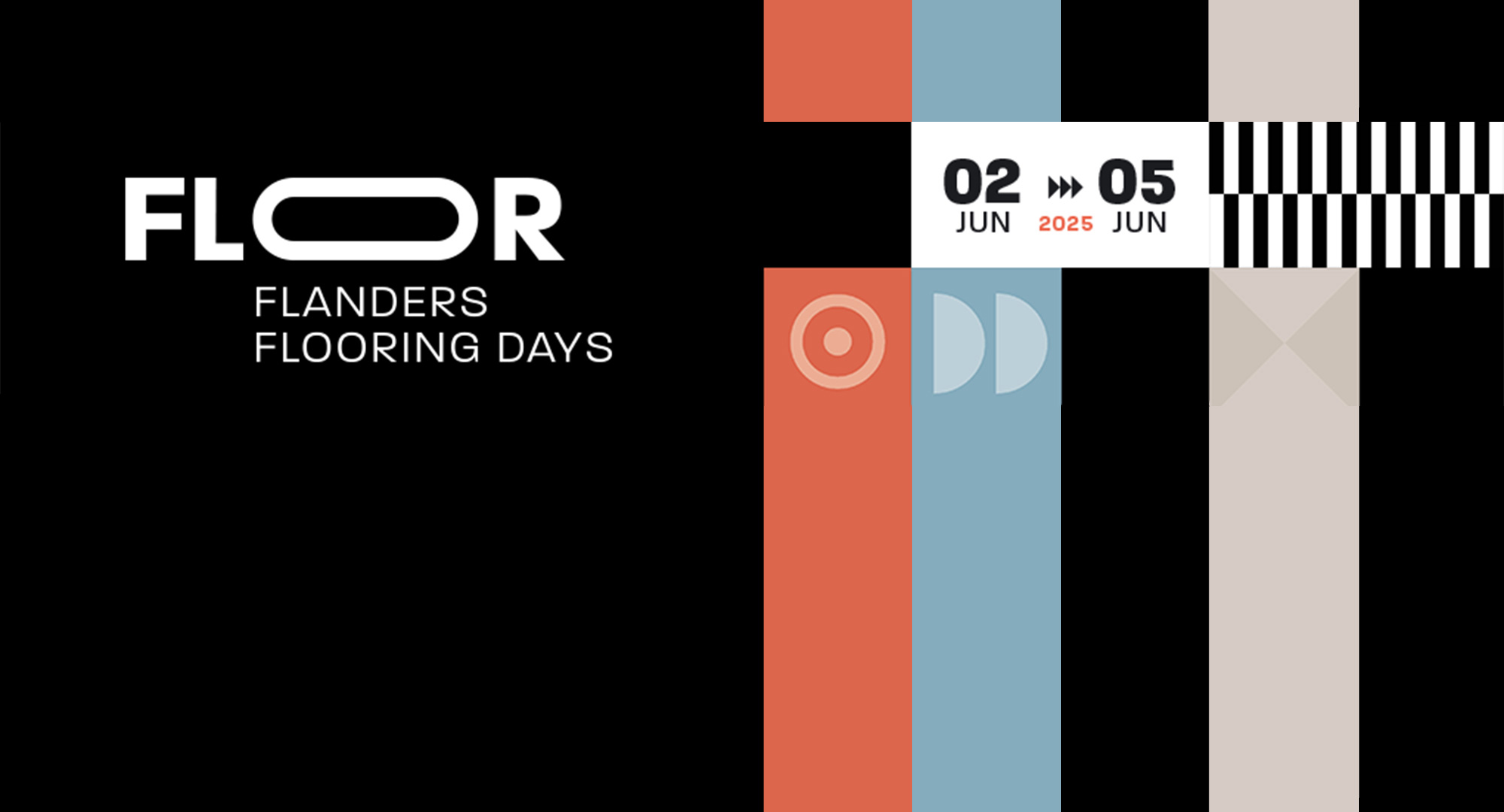
Meet Estillon at Flanders Flooring Days 2025
Estillon will be present at Flanders Flooring Days 2025, Stand 124 at The Hub – Kortrijk Xpo, from 2 to 5 June. We showcase high-quality underlays, carpet underlays, and accessories, focusing on sustainable solutions, efficient installation, and reliable quality. As a trusted partner for wholesalers, retailers, and project designers, Estillon shares knowledge and offers bespoke solutions. Schedule your appointment via info@estillon.nl and register for the event online.
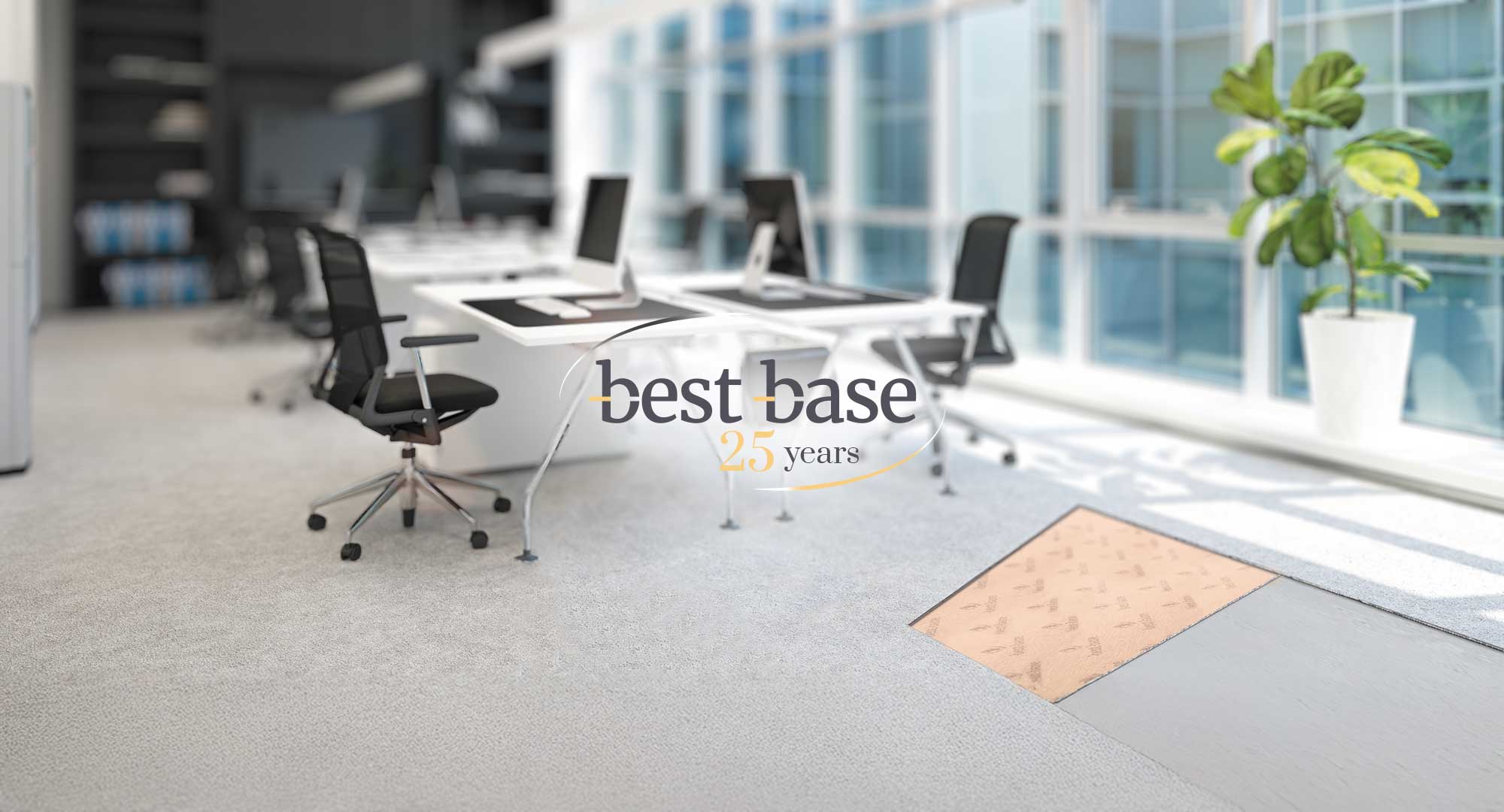
Best Base: 25 years of sustainable innovation in underlays
Best Base celebrates 25 years of sustainable innovation in carpet underlays. Since 2000, the Wijchen-based brand has been producing premium underlays made from 100% recycled polyurethane foam, easily recognisable by the Green Choice label. With specialisations like IMO-certified Oceanbase Contract for the maritime sector, Best Base blends craftsmanship, advanced manufacturing techniques, and customer-focused solutions. Staying true to both quality and the environment, the brand continues to provide a stable and comfortable foundation beneath every carpet.
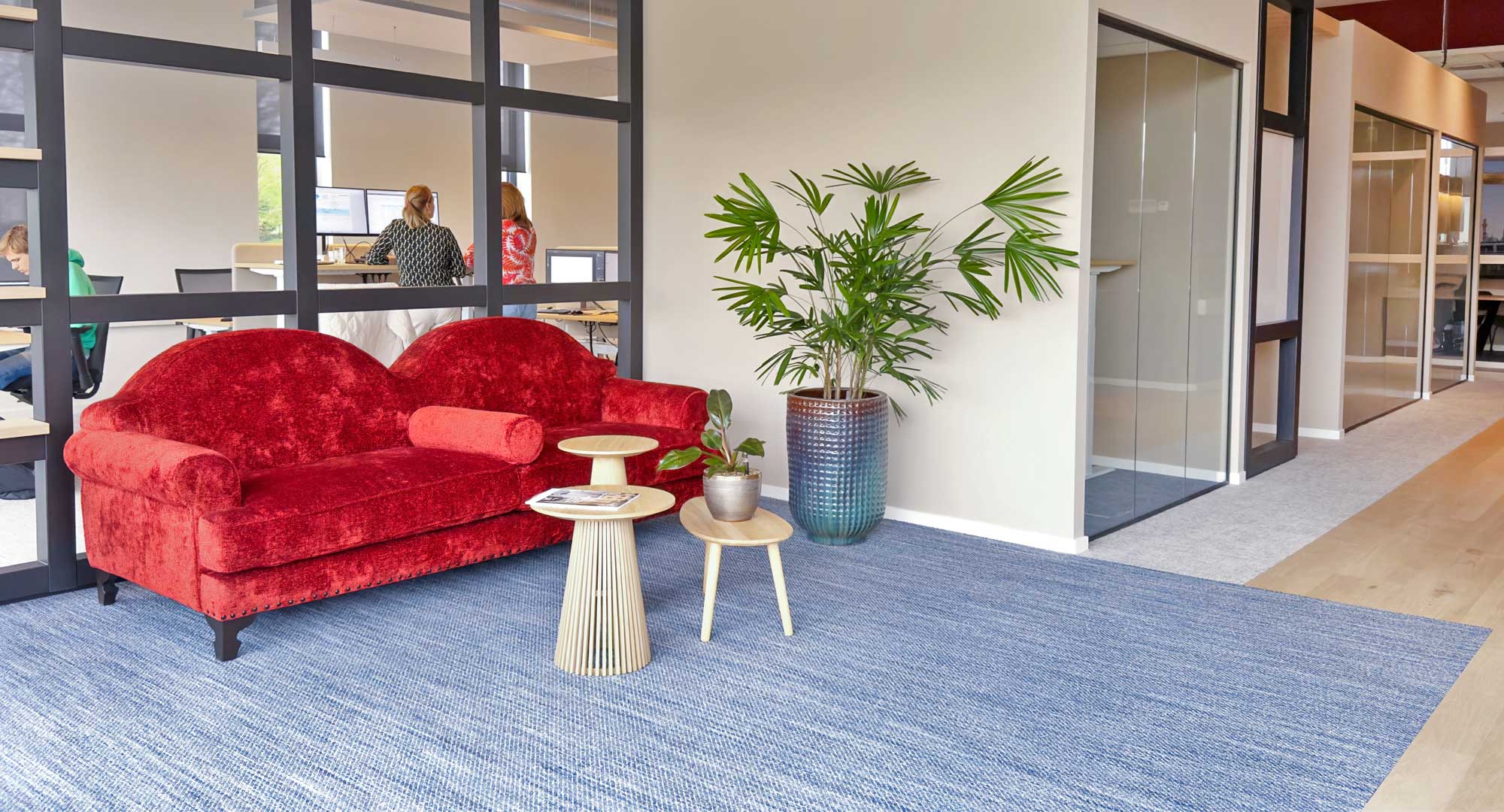
How the right underlays brought peace and comfort to our office
In quiet areas, the luxurious and sound-absorbing Black Magic rubber underlay; in open spaces, the fast and insulating Floorfixx Comfort system. Both support peace, energy efficiency and employee wellbeing. The right underlay proves essential for an inspiring work environment.

Bram Dierkes appointed as new Managing Director of Estillon
As of 1 April, Bram Dierkes is the Managing Director of Estillon. He succeeds Richard Bosveld and brings fresh energy, experience, and ambition for a forward-looking course.

Estillon celebrates 60 years of craftsmanship and innovation
Estillon turned 60, and we celebrated in style! Two days filled with pride, inspiration, good company, and a heartfelt farewell to Richard. Reflecting on the past and looking ahead – here's to the future!
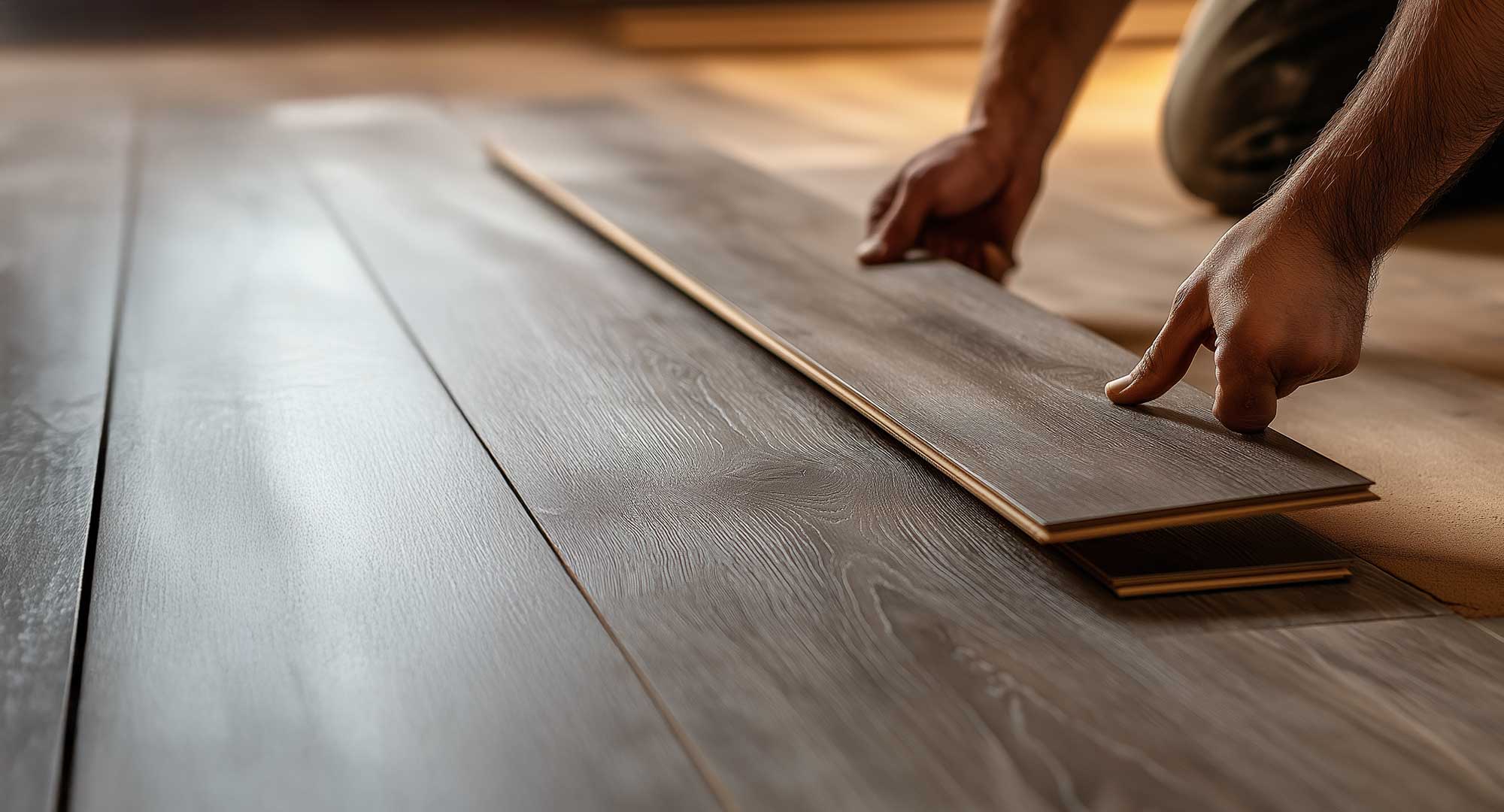
Fact or fiction? three common misunderstandings about underlays.
A good floor starts with the basics: the underlay. Yet there are persistent misunderstandings about the role and necessity of underlays. This can lead to wrong choices, with consequences for the lifespan, living comfort and even the warranty on the upper floor. Time to separate the facts from fiction!
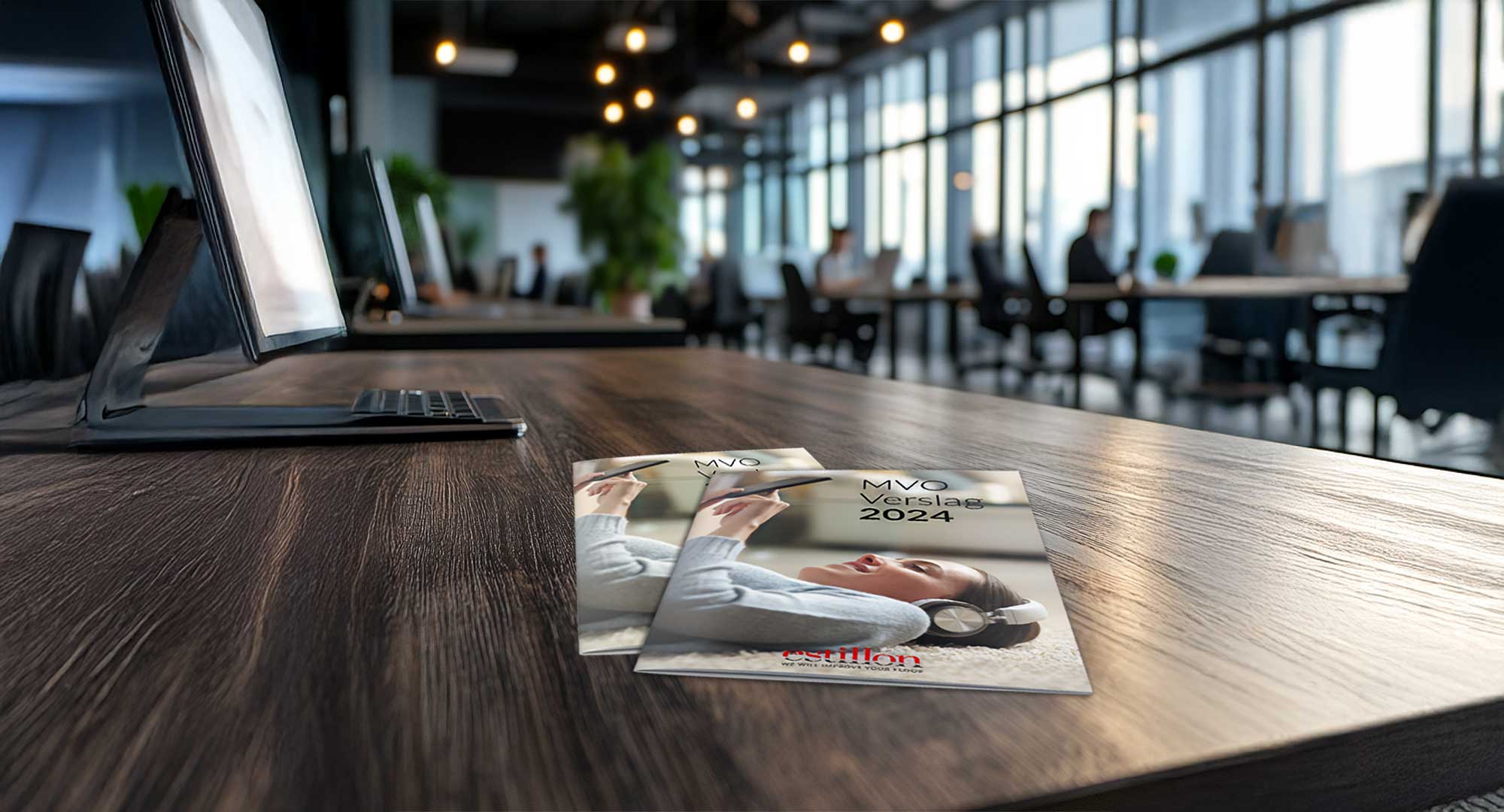
Working together for a greener future
Sustainability is not a trend, but a responsibility. At Estillon we commit ourselves every day to a better world by investing in people, planet, profit.
Do you want to discover how we designed our sustainable approach in 2024? Then read our CSR report.
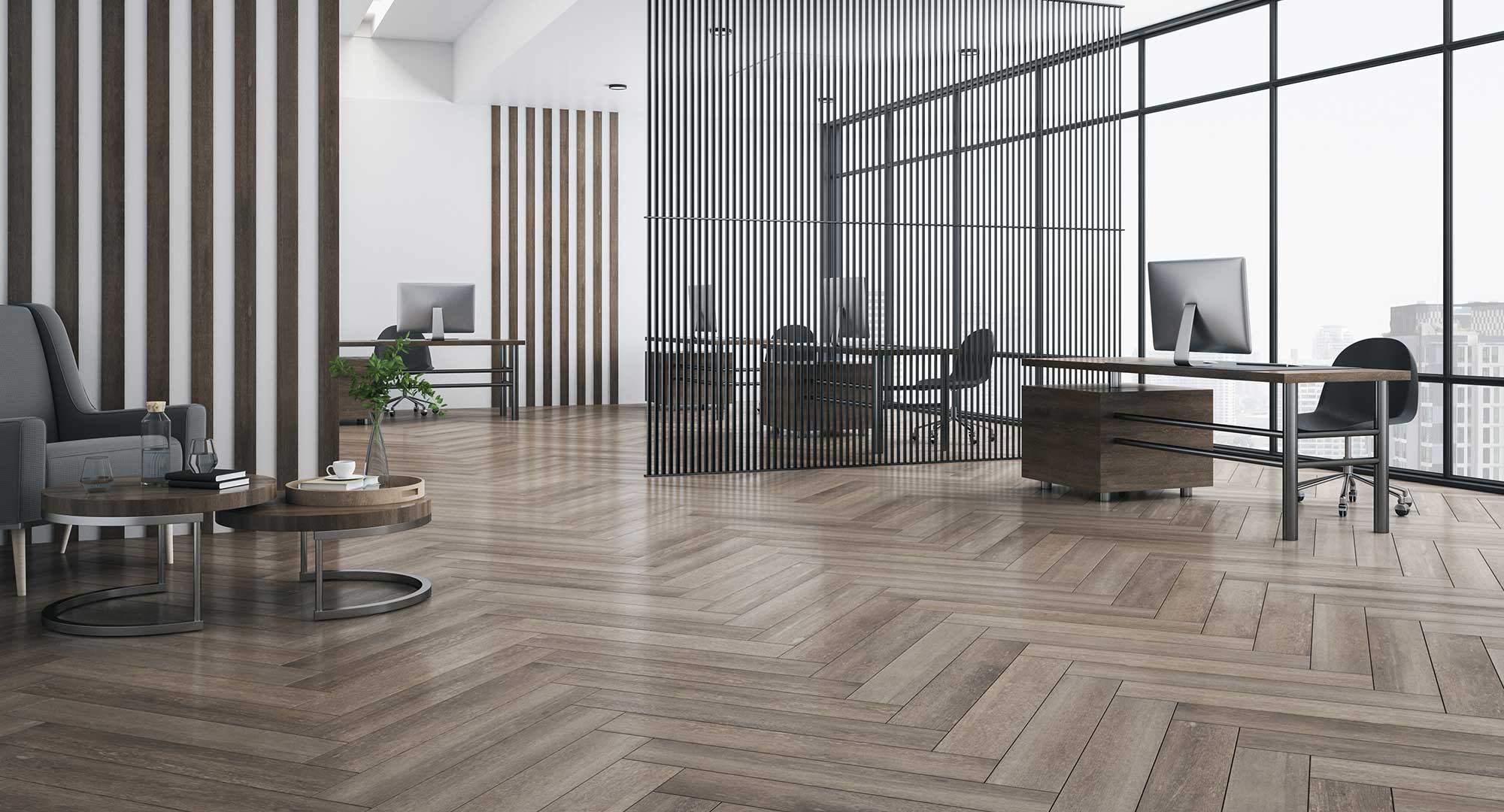
Solidbase Underlays: the solid basis for your floor
A good underlay is the basis for a comfortable, durable and quiet floor. Solidbase underlays combine stability, durability and sound insulation for LVT, laminate and parquet floors.
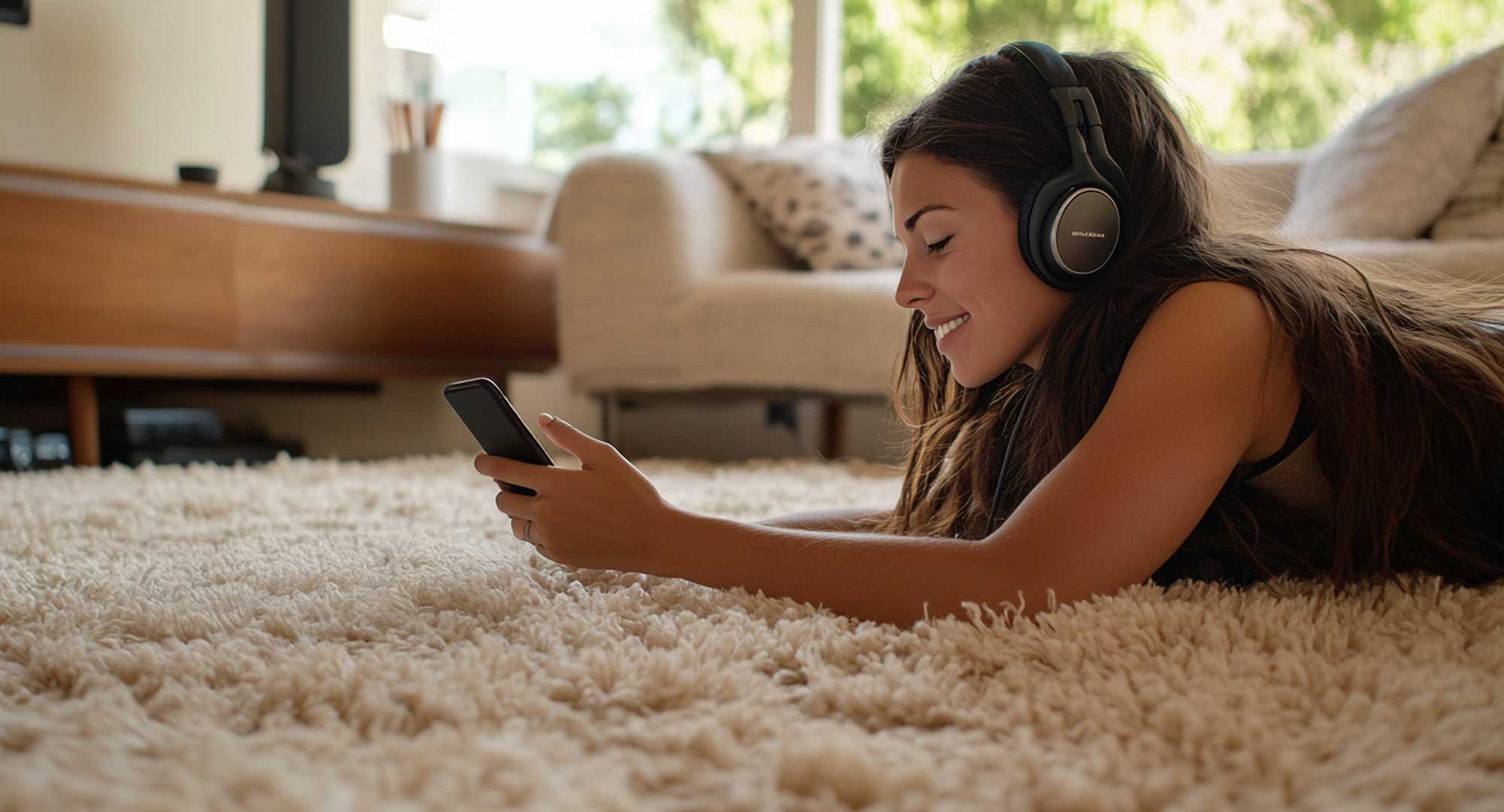
The Differences Between Delta Llin vs. Delta Lw
What Do ΔLw and ΔLlin Mean for Your Underlay? Discover the difference between these sound measurements and choose the right underlay for optimal living comfort! Read on to learn more.

The 10 dB Standard for Underlays: What Does It Mean?
In the Netherlands, the 10 dB requirement for underlays is often applied to reduce impact noise. But why is this standard important, and how can you identify a suitable underlay? We’ll explain.
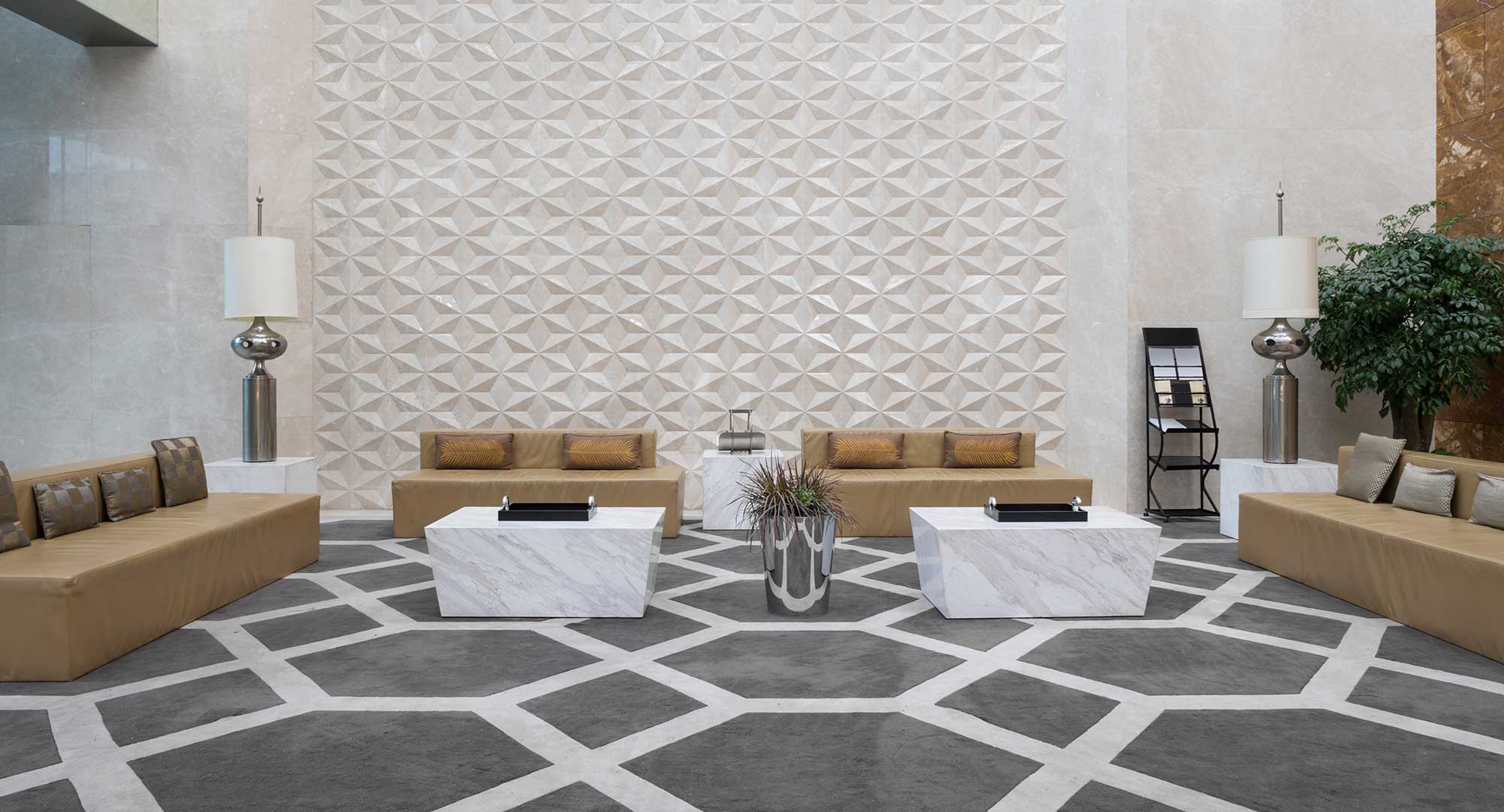
Top 5 Heat-Insulating Underlays
The demand for energy-saving solutions has surged. Did you know that heat-insulating underlays exist? Find out which ones are the best in our Top 5 Heat-Insulating Underlays.
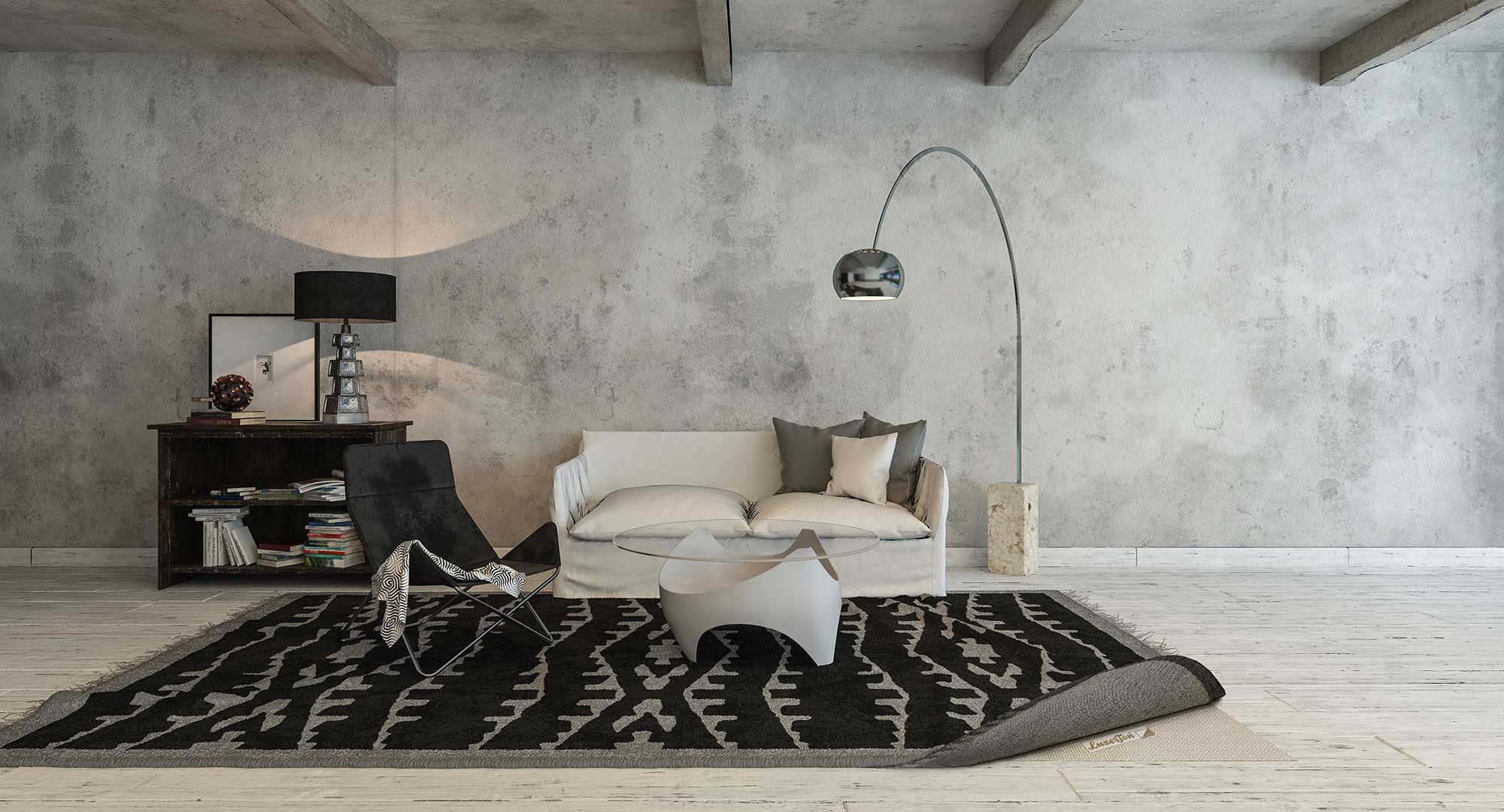
How to Choose the Best Anti-Slip Underlay
With Luxerton anti-slip underlay, your rug stays securely in place. Durable and 100% recyclable, available in four variants. Discover which type suits your floor best!
Search
No results found.